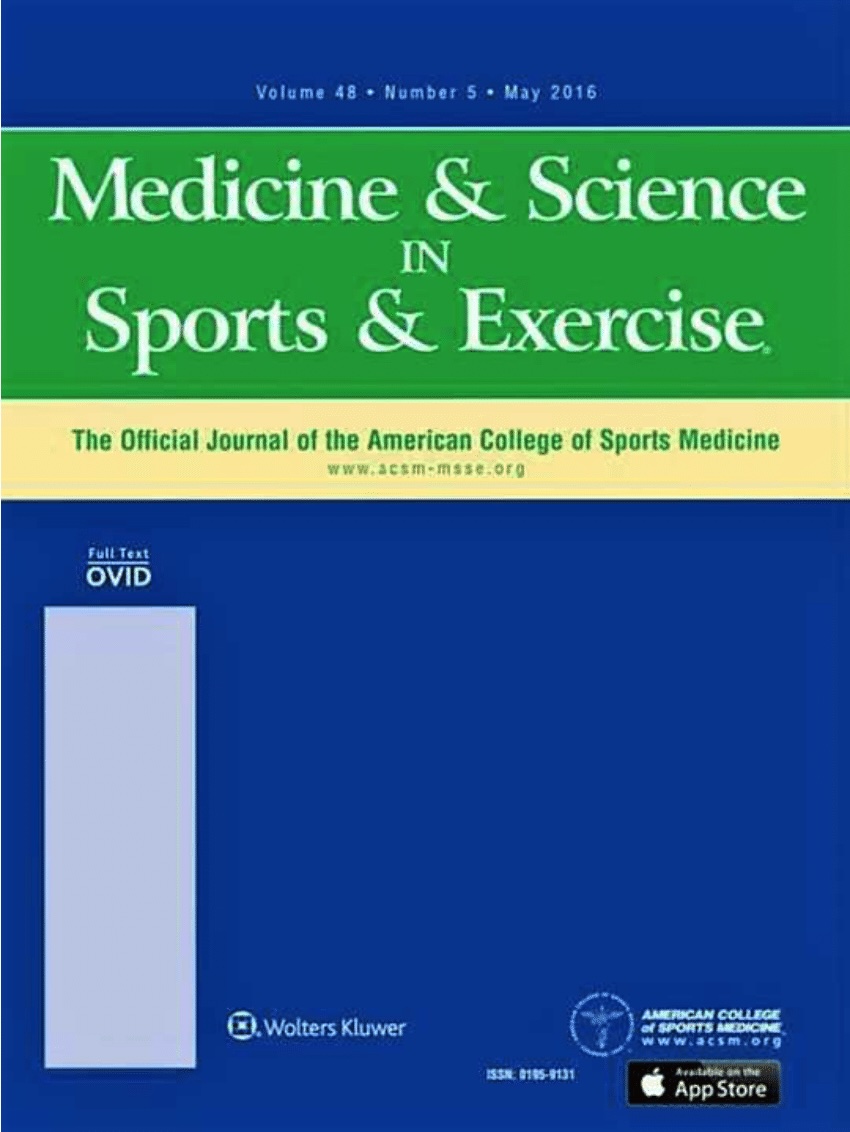Exercise-Induced Fatigue in Hamstring versus Quadriceps Muscles and Consequences on the Torque-Duration Relationship in Men

Publication
Exercise-Induced Fatigue in Hamstring versus Quadriceps Muscles and Consequences on the Torque-Duration Relationship in Men
Auteurs : Anasthase Massamba, Elyse Hucteau, Joris Mallard, Guillaume P Ducrocq, Fabrice Favret, Thomas J Hureau
Axes de recherche : Axe 2 | Exercice
Abstract
Purpose: The present study investigated the mechanisms of neuromuscular fatigue in quadriceps and hamstring muscles and its consequences on the torque-duration relationship.
Methods: Twelve healthy men performed a 5-min all-out exercise (3-s contraction, 2-s relaxation) with either quadriceps or hamstring muscles on separate days. Central fatigue and peripheral fatigue were quantified via changes in pre- to postexercise voluntary activation (VA) and potentiated twitch (P Tw ) torque evoked by supramaximal electrical stimulation, respectively. Critical torque was determined as the mean torque of the last six contractions, whereas W ' was calculated as the torque impulse done above critical torque.
Results: After exercise, maximal voluntary contraction (MVC) decreased to a greater magnitude ( P < 0.001) in quadriceps (-67% ± 9%) compared with hamstring (-51% ± 10%). ∆P Tw was also greater in quadriceps compared with hamstring (-69% ± 15% vs 55% ± 10%, P < 0.01), whereas central fatigue only developed in quadriceps (∆VA, -25% ± 28%). Hamstring demonstrated reduced critical torque compared with quadriceps (60 ± 12 vs 97 ± 26 N·m, P < 0.001) as well as drastically lower W ' (1001 ± 696 vs 8111 ± 2073 N·m·s, P < 0.001). No correlation was found between quadriceps and hamstring for any index of neuromuscular fatigue (∆MVC, ∆P Tw , or ∆VA).
Conclusions: These findings revealed that hamstring presented different etiology and magnitude of neuromuscular fatigue compared with quadriceps. The absence of correlation observed between quadriceps and hamstring fatigue parameters (∆MVC, ∆P Tw , or ∆VA) suggests no interrelation in fatigue etiology between these two muscle groups within individuals and, therefore, highlights the need to investigate specifically hamstring muscle fatigue.
Copyright © 2022 by the American College of Sports Medicine.